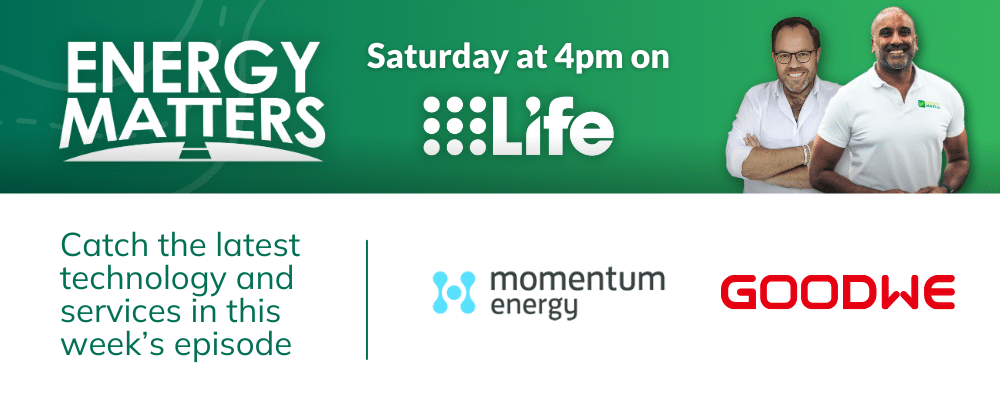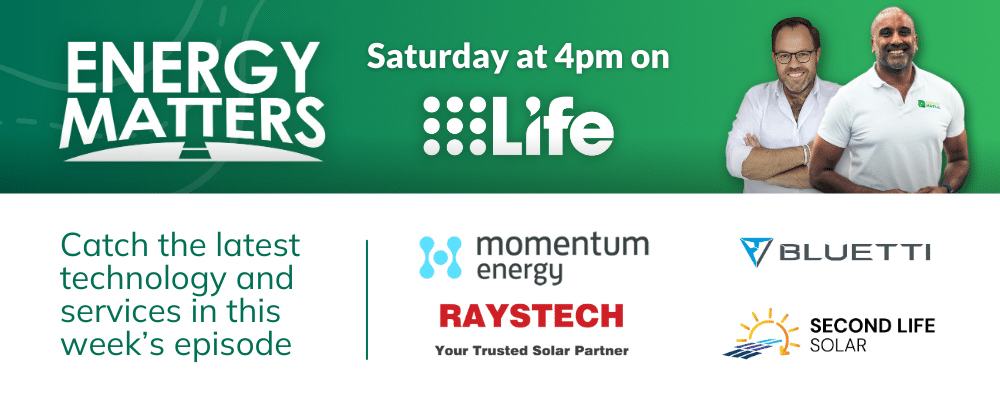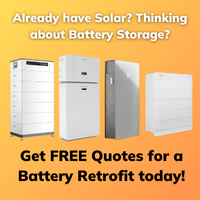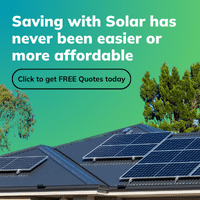Following on from our introduction to wind power, this guide can help you decide if a residential scale wind generator is right for you!
This guide is a precursor to investing in a small residential scale wind power generator. Whether your reason for investing is because of your concern for the environment or purely financial , before making any investment, be sure to review this guide carefully.

Is wind power right for you?
Wind turbines are an effective source of renewable power in many areas across the world. To make sure a small wind system is right for you, there are some important initial points to consider:
- You have at least 4.5 m/s (16 km/h ) average wind speed. The best results at 18 km/h (5.4 m/s) or more.
- Your property is unobstructed from tall buildings and trees. Ideally, you should have 0.5 acres or more
- The local zoning allows a structure that is at least 12.8 m tall
- Your local utility has an existing interconnection agreement
If this doesn’t sound like your scenario, you’d likely be better off installing a solar power system.
Once you establish you may have the right conditions for a wind power system, there is much more research needs to be done.
Determining your wind resource
“Do I have enough wind?” is often the first and most asked question. Generally, if you feel like you have a very windy site, you most likely have a good place for a wind power system. It is always a good idea to do your homework just to make sure.
The Bureau of Meteorology has recorded a series wind data for much of Australia that will give you a good idea what your wind resource is at your location.
http://www.bom.gov.au/climate/averages/
Please note that winds decrease the closer they are to the ground.
You may also obtain wind data from your local weather station, university or even television station. Airport data is not recommended. Airports are generally located in lower wind areas (valleys) and their measurement techniques do not produce good data.

If wind maps or local data doesn’t work, another method is looking around and observing of the deformation of vegetation and trees on and around your property. The Griggs-Puttnam Index was a scientific study that looked at how wind deformed vegetation to determine the wind resource at a particular site. Compare the drawing above with your own property to determine your wind resource.
Another strategy is conducting an actual wind resource assessment. This is by far the most accurate way of doing a site assessment but it is also the most expensive and time consuming if you hire someone else to perform the work. A more economical solution are one of the tools that measures solar and wind energy at your site that you can install yourself.
Should I meter my site?
Until recently, the answer would have been “no” as the cost of an accurate data logging system was almost as much as a small wind power system. However, newer tools are a very economical solution for gaining an accurate measurement over a period of time.
Avoid hand-held anemometers as they only measure the reading at arm’s length and certain times of the day. They don’t give an accurate overall wind speed for your site at the height that you would install.
SITING
Once you have determined you have a good wind resource, you will want to site your wind generator in the most optimum place. Proper siting is critical to the performance and longevity of your investment. It can make the difference between years of trouble free operation or continuous frustration.
The ideal position for a wind power generator is a flat open space with good wind from at least one direction (known as the prevailing wind direction). Likely locations include coastline, or a smooth hill top with an open area in the prevailing wind. The wind speeds up significantly near the top of the hill and the air flow should be reasonably smooth and free from excessive turbulence.
Excessive turbulence or “bad wind” causes fatigue damage and shortens a generator’s working life. When siting, keep away from local obstructions such as large trees and houses, or use a taller tower to ensure that the generator is well above the obstructions.
Wind speed also increases with height so it is best to have the generator as high as your zoning laws and investment payback will allow. We recommend that you site your generator at least 6 m above any surrounding obstacles such as trees or buildings in a 76m radius (see general siting image above).
More on the “best” site for wind power
Wind resource is not the only consideration when siting. Components such as taller towers and running large amounts of wire more than 150m from your site can add significant costs to your wind system. You’ll need to balance power achieved in the best wind site over the cost of installation to determine the best overall placement of your system.
3 typical siting Considerations
Coastal or Lakeside

Very strong prevailing winds typically blow from the ocean. If this is the case, it is very important to install your wind generator as close to the coastline as possible. Trees and taller structures can be down-wind from the wind generator.
Ridge Tops

Wind compresses as it blows over the top of a hill, increasing the wind speed. With proper placement, you may be able to use a shorter tower. We never recommend anything shorter than 10 m (33 feet). It is important to follow the general rule; that is the tower must be at least 6 m (20 feet) above any surrounding object.
Plateau/Mesa

Winds may be very turbulent running off a cliff causing wind shears. It is important to site the generator far enough from the cliff to avoid turbulent wind.
TOWERS
Because wind speeds increase with height, a residential wind generator is mounted on a tower. The tower also raises the generator above the air turbulence that can exist close to the ground because of obstructions such as hills, buildings, and trees.
Tower Height

Your wind resource will be cleaner and stronger the higher you go. The taller your tower, the better your power output. However, taller towers will increase the cost your installation and may not be allowed in some areas. While you should install your system in the tallest tower allowed, it is best to evaluate your overall energy and cost payback before investing in taller towers.
Types of Towers

The two most common types of towers are guyed and monopole. Both are available in various designs. Some can be tilted-down for easy access while others require a crane for installation and service (see diagram below).
Guyed towers are less expensive than monopole towers. However, because the guy radius must be one-half to three-quarters of the tower height, guyed towers require enough space to accommodate them.
Monopole towers are more expensive but they offer the consumer an easy way to perform maintenance. Monopole towers can be lowered to the ground during hazardous weather such as hurricanes (see following diagram). Avoid aluminium towers as they are prone to cracking.
Installation or Mounting
A general rule of thumb is to install a small wind power generator on a tower with the bottom of the rotor blades at least 6m above any obstacle that is within 76m of the tower. 7.6m to the hub.

Can I mount this on my roof?
We don’t recommend mounting small wind generators over 500 watts on rooftops. Larger residential home wind generators vibrate and transmit noise to the structure on which they sit. This vibration can lead to noise and structural problems with the building. Mounting on the rooftop can also expose the generator to excessive turbulence that shortens its life.
RECAP
- Determine if you have enough wind for a wind generator and the best resource on your site.
- Try to have clear, smooth access to the prevailing wind, e.g. over open water or smooth ground. If possible site the generator on a smooth hill.
- Mount the generator on as high a tower as possible and well clear of obstructions. However, do not go to extremes. Easy access will be required for erection and foundations for the tower may be needed depending on the size and tower type. Remember, higher towers will add cost to the system that may not be countered by the energy output achieved. It is also important to ensure that the wind generator can be easily lowered for inspection and maintenance.
- Consult your local council as to whether you need planning permission. You should try to minimize the environmental impact of the generator. It will be helpful to inform your neighbors of your plans at early stage.
- If planning an interconnected system, consult with your utility to obtain an interconnection agreement.
If all this sounds unviable, there is another great option that is very economic these days: solar energy. A solar power system has many advantages over a wind turbine in most residential settings.
Read our introduction to wind energy!
Get rooftop solar panels in Melbourne. Energy Matters has a nationwide network of trusted local solar installers in Melbourne that you can access today that can provide you with up to 3 Free Solar Quotes. Complete our quick quiz and switch to solar in Melbourne today.











































